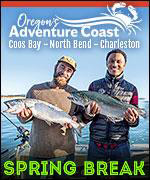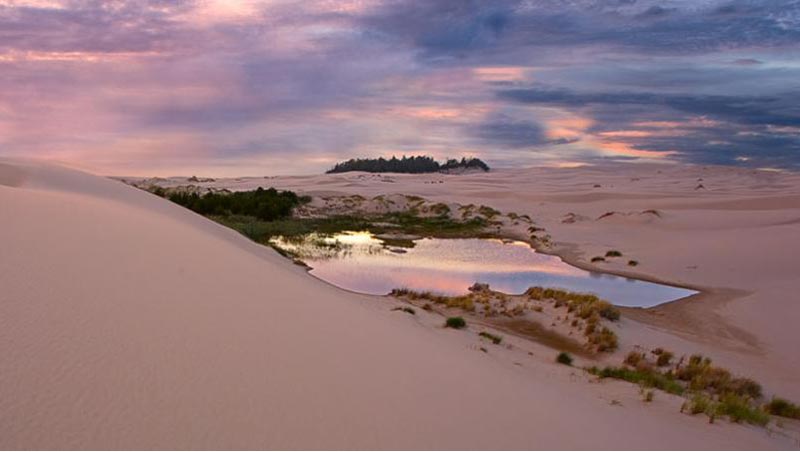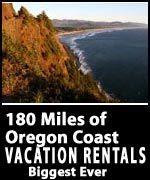Online Event On Dune Plant Life of Oregon Coast Tells of Mixed Results
Published 10/21/22 at 6:14 PM
By Oregon Coast Beach Connection staff
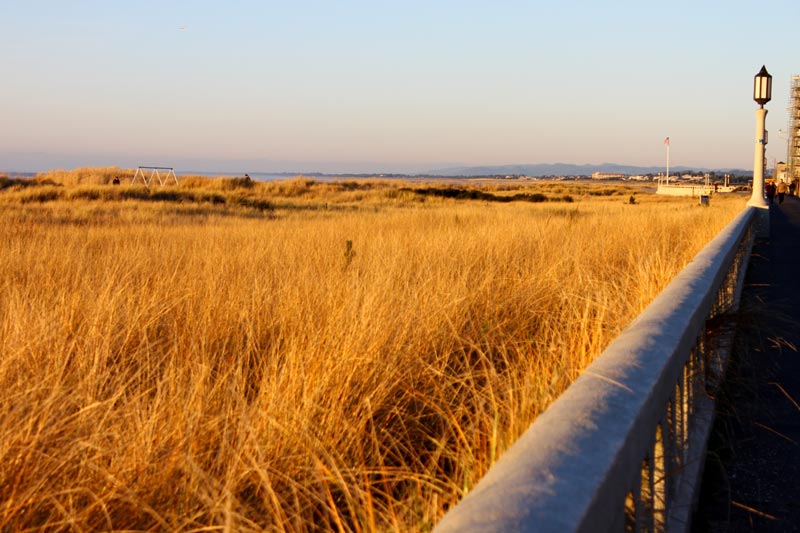
Includes exclusive listings; some specials in winter
In Cannon Beach:
Includes rentals not listed anywhere else
In Manzanita, Wheeler, Rockaway Beach:
Some specials for winter
In Pacific City, Oceanside:
Some specials for winter
In Lincoln City:
Some specials for winter
In Depoe Bay, Gleneden Beach:
Some specials for winter
In Newport:
Look for some specials
In Waldport
Some specials for winter
In Yachats, Florence
Some specials for winter
Southern Oregon Coast Hotels / Lodgings
Reedsport to Brookings, places to stay; winter deals
(Oregon Coast) – Those meager, little sprouts of green along dunes are a bigger deal than you think. After all, it was exactly that on the Oregon coast that inspired Frank Herbert to write his mega-hit sci-fi series “Dune.” (Photo copyright Oregon Coast Beach Connection)
Those who love the Oregon coast and especially those who are interested in plants will dig a free webinar later this week. “Plant Life of the Oregon Dunes: Past, Present & Future” happens on Tuesday, October 25, at 6 p.m. The speakers for this online event, sponsored by the CoastWatch program of the Oregon Shores Conservation Coalition, are Dr. Sally Hacker and Ian Silvernail.
Dunes along the Oregon coast are the residence of a variety of plants, including sand verbena and sea rockets. However, dunes are visibly dominated by grasses. Almost 100 years ago, a pair of invasive (non-native) fauna types were introduced to the region with seriously mixed consequences. European beachgrass (Ammophila arenaria) and American beachgrass (A. breviligulata) were intentionally planted along this coastline to stabilize sand and build foredunes. One unpleasant result of introducing these grasses is a changing plant community and the decline of native plants.

Sally Hacker, courtesy photo
Thus, Sally Hacker opens the event with a brief history of dunes and the invasion of beachgrasses and its consequences.
While heavily degraded, Oregon’s dunes still host a diverse native plant community, with many of the species occurring only on dunes. Effective ecological restoration often involves revegetation with native plant species. Currently there is very little commercial availability of native dune plants, nor has there been wide practice with growing many of these plants, greatly hindering our ability to plant them on ecological restoration sites. Ian Silvernail will describe native dune plant communities and share from an ongoing project to learn how to grow them to support the production of plants and seeds for use in restoration work.
Sally Hacker, a professor in Oregon State University’s Department of Integrative Biology, is a coastal ecologist interested in natural and managed systems. She has studied multiple coastal ecosystems including beaches and dunes, estuaries, and rocky shores. Her dune research explores the interaction between dune grasses and coastal geomorphology and the role of dunes in delivering ecosystem services, including coastal protection and conservation on both coasts of North America. With her students and collaborators, she has explored how the functional morphology and species interactions of dune grasses influence sand capture, dune shape, and coastal protection
Ian Silvernail has worked over the past 20 years with a variety of non-profit organizations, government agencies, and small businesses dedicated to pursuits in botany and native plant horticulture, conservation, ecological education, and sustainable agriculture. He currently serves as a Conservation Agronomist with the Natural Resources Conservation Service at the Corvallis Plant Materials Center, working on the very broad topic of how to use plants to solve natural resource challenges. This includes propagating and farming native plants for use in ecological restoration, working on soil health-based management for agricultural systems, assessing plants for use in pasture and agroforestry systems, and supporting pollinator resource projects. One current project involves figuring out the ins and outs of growing native dune plants to support restoration work.
This event is free and open to all. To register, go to this link, or find a link on the oregonshores.org website.
For more information about the event or about CoastWatch, contact Jesse Jones, the program’s volunteer coordinator, at (503) 989-7244, or jesse@oregonshores.org. MORE DUNES PHOTOS BELOW
Oregon Coast Hotels in this area - South Coast Hotels - Where to eat - Maps - Virtual Tours
Cannon Beach Lodging
Nehalem Bay Lodgings
Manzanita Hotels, Lodging
Three Capes Lodging
Pacific City Hotels, Lodging
Lincoln City Lodging
Depoe Bay Lodging
Newport Lodging
Waldport Lodging
Yachats Lodging
Oregon Coast Vacation Rentals
Oregon Coast Lodging Specials
Oregon Dunes National Recreation Area, courtesy Travel Lane County
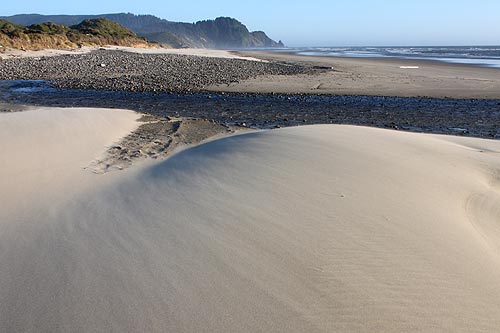

More About Oregon Coast hotels, lodging.....
More About Oregon Coast Restaurants, Dining.....
LATEST Related Oregon Coast Articles
Friends of Netarts Bay WEBS puts on the event. Oceanside events, Garibaldi events, Pacific City events
Weather Tips and Quirky Science Finds for Oregon Coast Spring Break
Things that glow, packing for fun, whales, more
Velella Velella Return to Oregon Coast: Oddities and Space Junk?
Purple sails, what looks like space junk, more. Marine Sciences
South Oregon Coast Spring Break: from Whales to Deserted Beaches
Maybe a new spring break tradition could be in order? Check out these beach vibes. South coast events
Washington / Oregon Coast Headed for Sunny, Warm Stretch - Portland Mid 70s
Some parts of the coast may reach 70. Weather
Moderate Threat of Sneaker Waves This Weekend Along Washington, Oregon Coast
Minus tides will be negated by sneaker wave dangers
Outstanding Hotels / Places to Stay at Gold Beach: Quirky Gems of S. Oregon C...
Gold Beach boasts a lot more than many may know. Gold Beach hotel reviews
Fragile Snowy Plover Nesting Brings Restrictions to Handful of Oregon Coast L...
Only 40 miles of 362 miles are affected. Sciences, south coast
Back to Oregon Coast
Contact Advertise on Oregon Coast Beach Connection
All Content, unless otherwise attributed, copyright Oregon Coast Beach Connection. Unauthorized use or publication is not permitted














